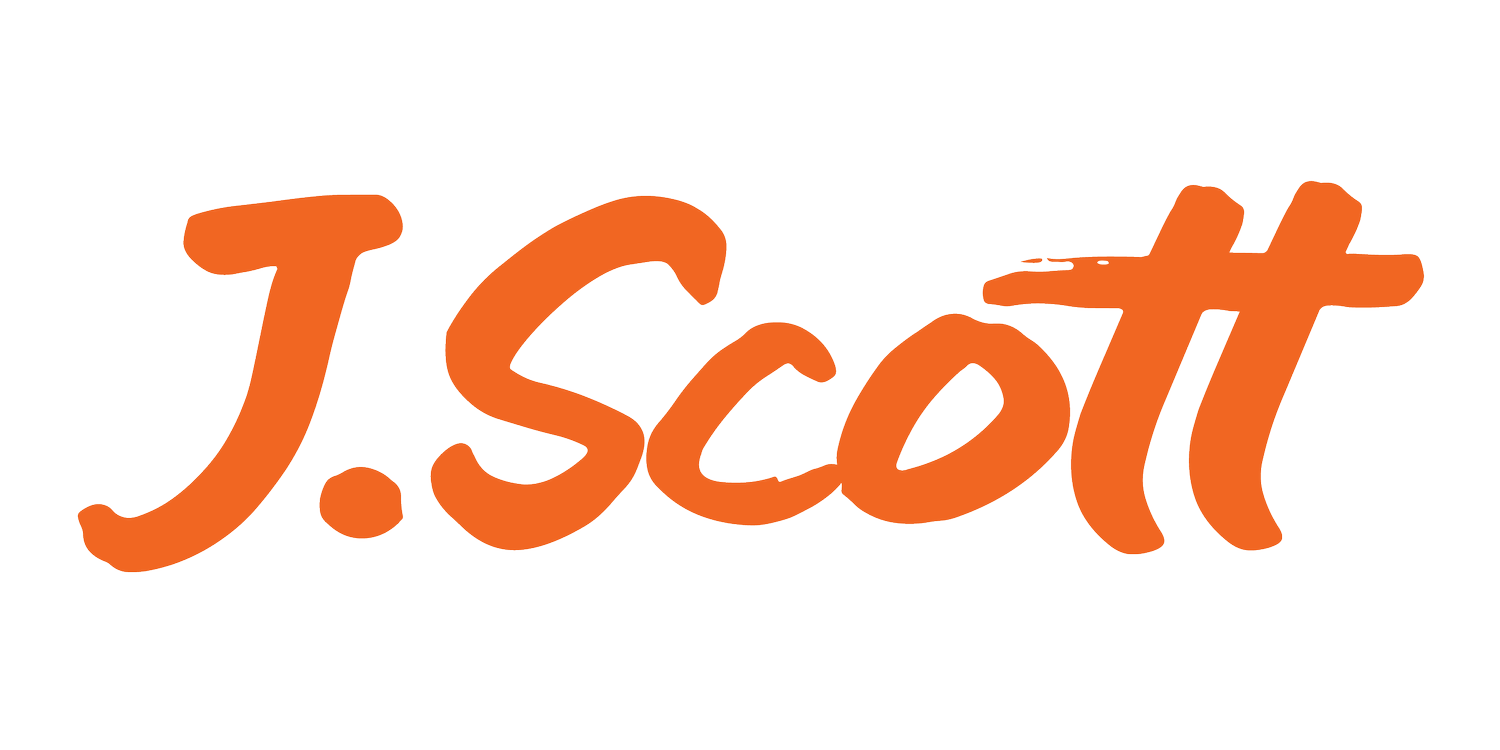From Cost Center to Profit Center: How to Actually Do It
Every company talks about transforming cost centers into value creators. It’s a boardroom favorite. A slide-deck staple. A strategic pillar that shows up in nearly every corporate roadmap.
But here’s the dirty little secret: Most companies have no idea what it actually takes to do it.
They spin up initiatives, roll out new software, talk about “alignment,” maybe even rebrand the department. But when you get underneath the optics, nothing changes. The work is still siloed. The teams are still reactive. The results are still… underwhelming.
HR still lives in the shadows of “support.”
IT still takes orders like a help desk.
Finance still says no more than it says yes.
And the business continues to treat them like overhead, not because of how they’re funded, but because of how they work.
Let’s be clear: A cost center isn’t a financial designation. It’s a cultural signal.
It’s what you call a team that isn’t trusted to drive outcomes.
A team that doesn’t shape strategy.
A team that gets blamed when things break but never gets invited to build.
That’s not a budget problem. That’s a leadership problem.
So how do you actually turn a cost center into a profit center?
You don’t rename it.
You don’t “empower” it.
You don’t hire a consultant to install better KPIs.
You change how it thinks.
You change how it operates.
You change how it leads.
Here’s how you do it.
Step 1: Eliminate the Cost Center MindsetMost cost centers are stuck in service mode. They’ve been trained to think small, ask for permission, and keep their head down. HR waits to be brought into talent conversations. IT waits for specs before building. Finance waits to approve, never to guide.
That mindset has to die first.
You replace it with ownership. You teach every team member, from the admin to the VP, to start asking three questions before doing any work:
Will this improve customer satisfaction?
Will this improve team member satisfaction?
Will this improve profitability?
And if it won’t? Stop doing it.
You can’t just tell teams to “think like owners.” You have to give them a filter. A system. And the three pillars are that system.
This isn’t empowerment. This is operational clarity.
Step 2: Make Every Function Outcome-DrivenCost centers act like task centers.
They track activity.
They hit volume targets.
They move tickets.
None of that matters if it doesn’t drive outcomes.
You need to retrain the org to focus on value, not velocity. That starts with tying everything to measurable improvement. If HR rolls out a new training? Show how it increased team retention or execution velocity. If IT launches a new system? Prove it reduced customer complaints or operational drag. If Finance cuts spend? Prove it didn’t hurt the other two pillars.
“The difference between activity and outcome is the difference between a team that’s busy and a team that’s irreplaceable.”
Step 3: Install an Execution Leadership SystemThis is the unlock. Without a leadership system, without a shared playbook, you’re just doing theater. You’re adding more process to the same dysfunction.
You need a system that:
Trains leaders to lead without authority.
Embeds accountability into behavior, not reporting.
Builds trust by making expectations explicit and measurable.
Replaces “project management” with operational discipline.
Aligns cross-functional teams around outcomes, not deliverables.
When you install that system in your cost centers, something wild happens: they stop acting like support teams and start leading transformation.
HR becomes a performance consultancy.
IT becomes an internal tech unicorn.
Finance becomes an investment partner.
And the business starts to feel it…fast.
Step 4: Kill Work That Doesn’t Improve the Three PillarsThis part is going to sting.
You’re going to find out that a lot of the work happening in your org isn’t helping anyone. It’s compliance theater. Brand polishing. Internal busywork that makes the team feel productive but changes nothing.
You have to be ruthless. Kill the work.
Then reassign those people to initiatives that actually matter.
Don’t lay them off. Redeploy them.
“If someone’s working hard but not driving results, that’s not their fault...that’s leadership’s fault. You gave them the wrong target.”
Fix it. Give them something real to work on.
Something that will move the needle for your customers, your team, and your bottom line.
Step 5: Build the FlywheelWhen HR, IT, and Finance are all operating on the same system and aligned to the same three outcomes, they become the foundation of an execution flywheel.
HR builds high-performing teams and leadership muscle.
IT accelerates execution with scalable systems and tools.
Finance ensures resources go to the right places, with the right business case.
And together, they do something incredible: they elevate the rest of the business.
Sales moves faster.
Product gets better.
Operations stop breaking.
Culture becomes aligned by default, not by design sprint.
And most importantly, you’ve built a company that can scale, without adding more meetings, more rules, or more chaos.
“You’ve replaced the cost centers. Not with new names or new dashboards. But with execution systems that actually work.”
That’s how you do it.
That’s how you turn cost centers into profit centers.
You stop pretending they’re different.
You start treating them like the foundation of the business.
And you give them the system they need to lead.
Not support. Lead.
Because that’s what drives growth.
And that’s what separates companies that survive… from the ones that actually win.
So ask yourself this: what system does your team need to stop serving the business and start leading it?

